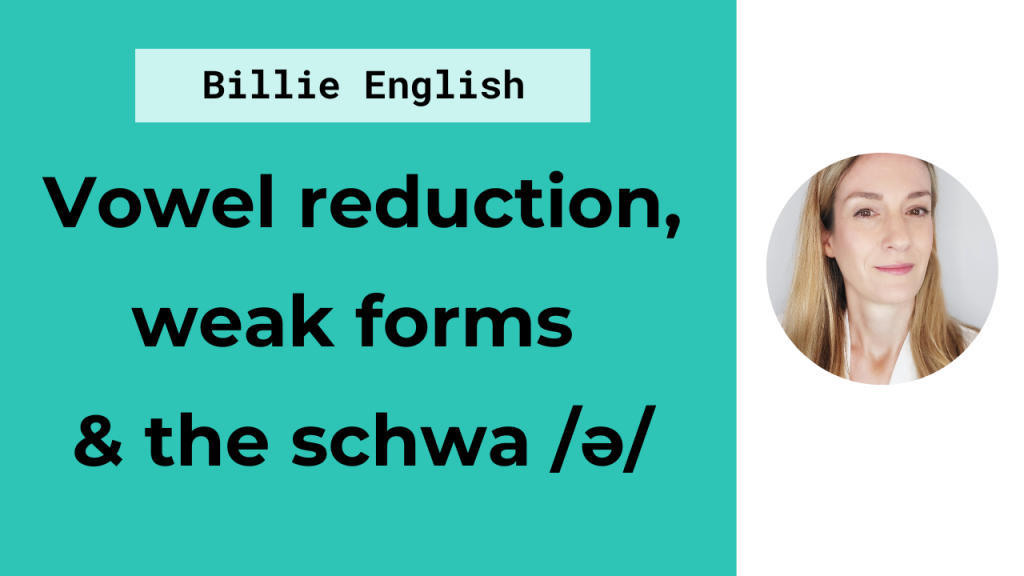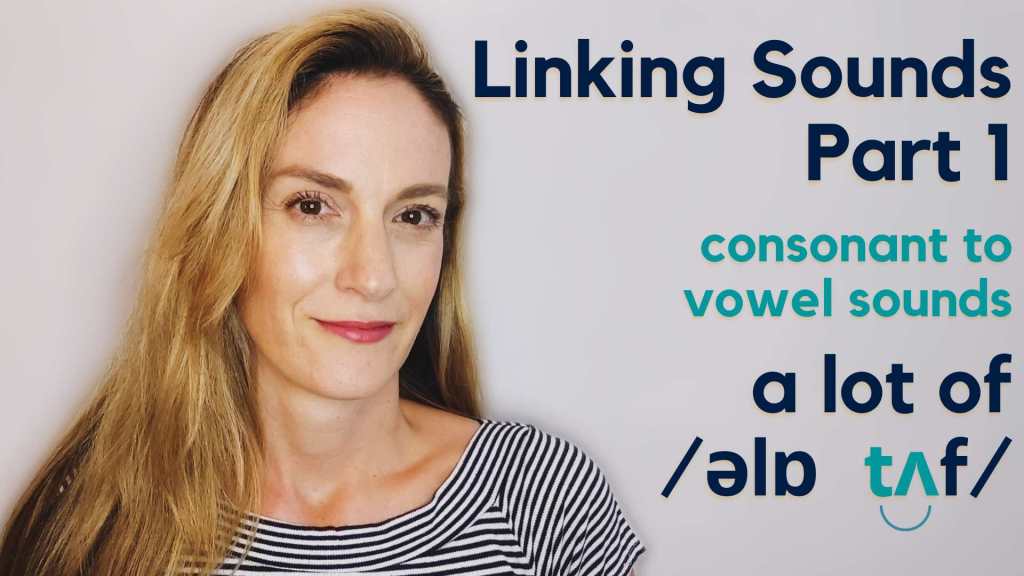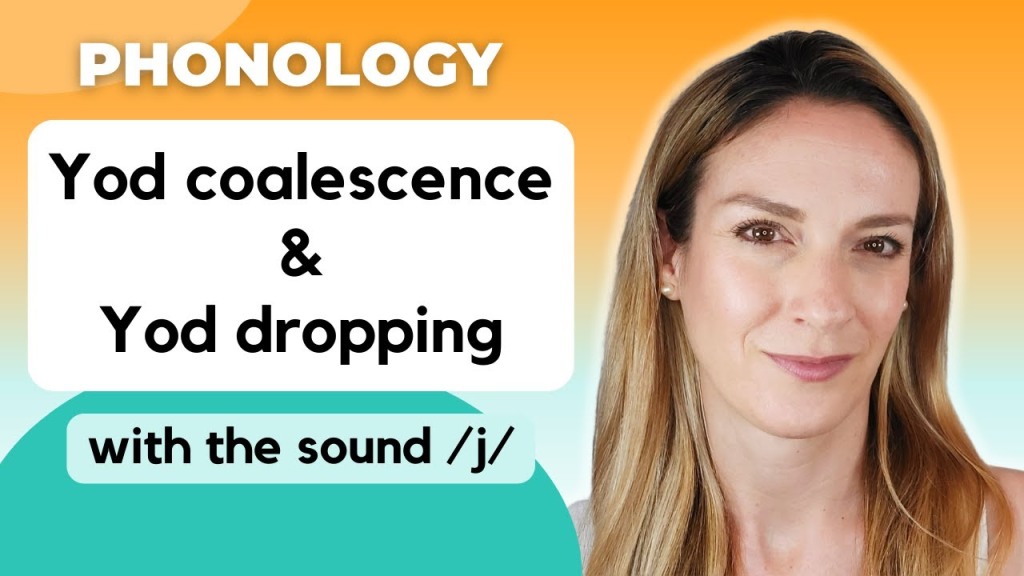Connected Speech
-

What is Aspiration in English Pronunciation?
The video teaches about the three aspirated sounds in English: /p/, /t/, and /k/, which are always aspirated in the onset of a stressed syllable. Despite a bit of nasal pronunciation due to a cold, the explanation is clear with diverse examples for better understanding. The video also demonstrates how to indicate aspiration in phonemic… Read more
-

What is Linking R & Intrusive R in Connected Speech
Linking R is something that often occurs when non-rhotic speakers speak naturally. But wait! Didn’t we just learn last week that non-rhotic speakers do not pronounce their Rs? Yes, that’s right, only that they do on certain occasions! Intrusive R is the occurrence of the sound /r/ when it is not even represented through the… Read more
-

What are weak forms?
In this video we are going to look at weak forms. You learn what weak forms are compared to full forms and why they occur in English. You might have asked yourself why it is sometimes so difficult to understand spoken English because words all seem to run together into one long word – other… Read more
-

Linking Sounds Part 2 – Consonant to Consonant & Vowel to Vowel
The video teaches how to speak fluently by linking sounds, allowing words to flow together for faster, more natural speech. It illustrates how consonant sounds join between words and demonstrates linking between consonants and near consonants, as well as between vowels over word boundaries. This is part 2 of the series; for linking from consonant… Read more
-

Dropped Consonants in English Pronunciation
In English, speaking quickly can lead to the loss of sounds, particularly at the end of words such as /t/ and /d/. This phenomenon, known as elision or dropped consonants, is common in connected speech. The linked video provides an overview of this topic and offers examples of dropped consonants. Read more
-

Connected Speech: Vowel reduction, weak forms & the schwa sound /ə/
In this informative video, we explore how vowels change, uncover the schwa sound, and grasp weak forms in English. Understanding how sounds shift in unstressed parts of words is crucial for natural pronunciation. The guide breaks down the schwa sound’s role and introduces weak forms Whether you love languages or aim to improve, this video… Read more
Looking for something specific?
-

How to use YouGlish to improve your English Pronunciation
The video introduces YouGlish, a tool designed to enhance English pronunciation and vocabulary. It allows users to search words or phrases and view native speakers using them in context. The guide covers features like accent variety and pronunciation practice, making it useful for learners at any level. Read more
-

What is Assimilation in English Pronunciation?
The video focuses on assimilation in English phonology, where sounds change to become more similar to the following sound. It’s important for learners to recognize and use assimilation to understand and speak faster. The video presents examples and ends with a test to evaluate understanding. Please note that there are multiple types of assimilation in… Read more
-

Linking Sounds Part 1 – Consonant to Vowel
This part 1 video demonstrates linking sounds in speech for improved fluency. It emphasizes connecting words by blending their sounds, especially when a word ending in a consonant is followed by one starting with a vowel. This natural feature, illustrated in Part 1, enhances speaking speed and fluency. Part 2 covers additional sound linking. Read more
-

What is Devoicing of Final Consonants?
This video provides a brief introduction to devoicing in English. It explains how all English sounds can be categorized as either voiced or unvoiced, with devoicing often occurring in sounds at the end of words and sentences. The process allows for faster speech production as will be studied through various examples from English. Read more
-

What is catenation? – Consonant + Vowel Linking in English
The lesson explores consonant-vowel linking in English, known as catenation. It illustrates how words blend together, impacting pronunciation. Despite challenges for English learners, awareness of connected speech features and repeated practice can improve pronunciation. The video also highlights how catenation often occurs alongside other connected speech features like elision and weak forms. Read more
-

Yod Coalescence & Yod Dropping in Phonology
This video explores yod coalescence and yod dropping in English, focusing on the /j/ sound. Yod coalescence involves the combination of sounds, such as /d/ + /j/ = /dʒ/. This can occur within or across syllables and words. Yod dropping, specific to American English, refers to the omission of the /j/ sound. The video also… Read more
Billie English on YouTube
With a library of over 290 videos as of 2024, ‘Billie English’ has amassed over 100k subscribers and 6 million views on YouTube, solidifying its status as a trusted resource for English learners and phonology geeks worldwide.
In addition to its significant social media presence, Billie English offers a variety of online pronunciation classes and learning materials.


Meet Your Coach
Discover your English potential with Billie, your online accent reduction coach and English teacher. Master sounds, stress and intonation, and speak with confidence and fluency.
Our personalised classes focus on minimising native accents to ensure crystal-clear communication. Join our diverse clientele and benefit from expert guidance tailored to your individual needs, helping you become a confident English communicator and excel in your work and beyond.